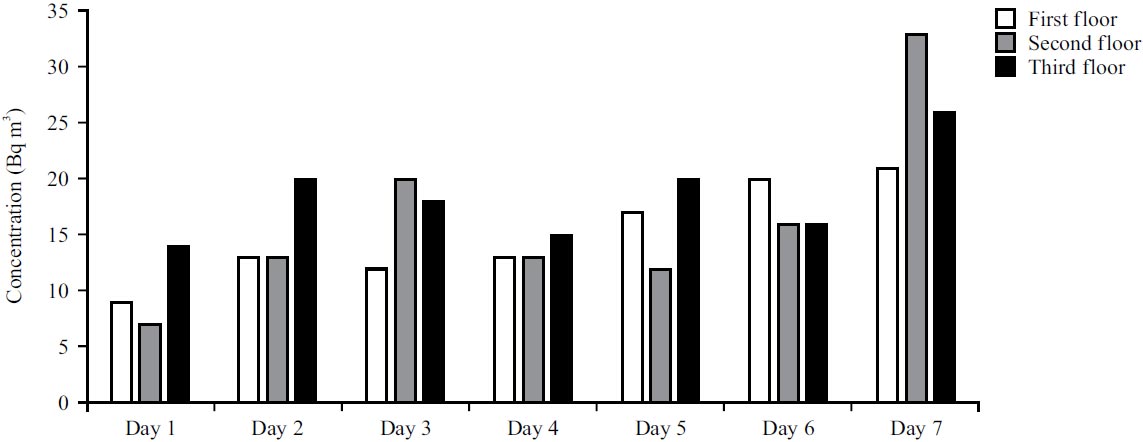Research Article
Radon Level in Burkina Faso Student Residence and Estimation of the Annual Effective Dose
Institute of Sciences and Technology, Ouagadougou, Burkina Faso
LiveDNA: 226.38252
Doumounia Ali
Institute of Sciences and Technology, Ouagadougou, Burkina Faso
Kohio Nièssan
Institute of Sciences and Technology, Ouagadougou, Burkina Faso
Ouédraogo Soumaila
Institute of Sciences and Technology, Ouagadougou, Burkina Faso
François Zougmoré
Department of Physics, University Joseph Ki-Zerbo, Ouagadougou, Burkina Faso









